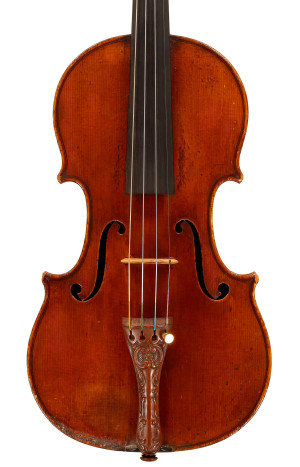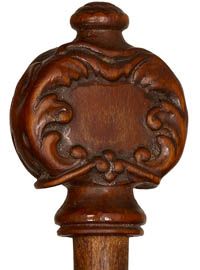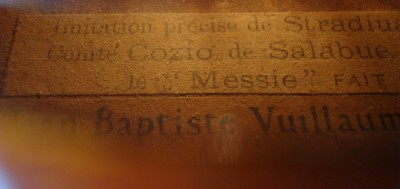 It’s difficult to overstate the influence of the 1716 ‘Messiah’ Stradivari on the past two centuries of violin making. Since it first appeared in Count Cozio’s notebooks in the late 18th century it has existed as a sort of ‘gold standard’ of Stradivari’s work perfectly preserved. It has served as muse to scores of violin makers, among them Giuseppe Rocca, J.B. Vuillaume, the W.E. Hill workshop and many others.
It’s difficult to overstate the influence of the 1716 ‘Messiah’ Stradivari on the past two centuries of violin making. Since it first appeared in Count Cozio’s notebooks in the late 18th century it has existed as a sort of ‘gold standard’ of Stradivari’s work perfectly preserved. It has served as muse to scores of violin makers, among them Giuseppe Rocca, J.B. Vuillaume, the W.E. Hill workshop and many others.
The ‘Messiah’ first arrived in Paris in 1855 after Vuillaume purchased it from the collection of the Italian dealer Luigi Tarisio. Even before its arrival the violin was nicknamed the ‘Messiah’ by Vuillaume’s son-in-law, the violinist Jean-Delphin Alard, for its mythical perfection which never arrived.

Vuillaume made many excellent copies of the ‘Messiah’ and invariably used some of his finest materials and most careful craftsmanship. This particular example dating from 1873 is in many ways a faithful imitation; the quality and orientation of the deeply flamed maple back and ribs, the black outlining of the scroll chamfers, the generously spaced ‘f’s, the wide edges and broad corners all closely copy the 1716 original. This violin even retains its original pegs from the Vuillaume workshop, similar to those that Vuillaume fitted on the ‘Messiah’ itself.
